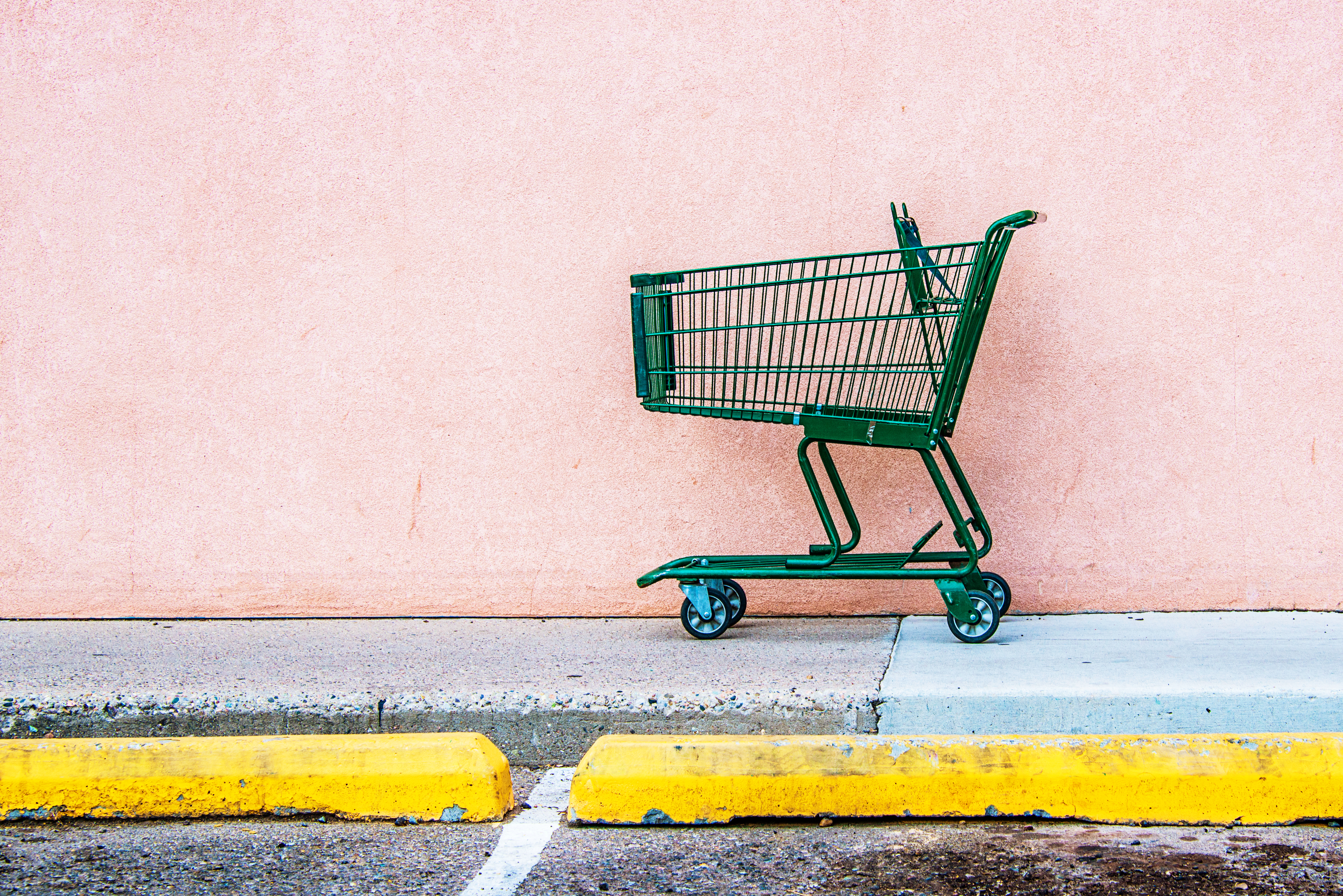Over the last decade retailers have been working hard to achieve omni-channel excellence, yet many are still losing sales painfully close to the checkout. On average, 68 percent of online shopping carts are abandoned at an estimated value of £3.7 trillion globally, according to research from Baymard Institute.
While abandoned shopping carts continue to frustrate retailers online, in-store sales are being lost for the very same reason; retailers are struggling to meet shoppers’ delivery expectations.Currently, retailers selling through both bricks and mortar stores and online channels can often face a dilemma when dealing with diminished stock in-store. Many will encourage customers to check online stock supplies, which risks leaving the customer feeling like they should have shopped online in the first instance. Once online, the customer could all too easily order a similar item from a competing retailer.
Retailers can overcome this challenge by leveraging stock available in other stores and making it readily available for customer orders. While many retailers are investing in customer-facing technologies to create an omni-channel experience, further value can be added by utilising smarter logistics solutions that can facilitate a better flow of stock between stores when requested, or directly to customers disappointed to find their desired items out of stock in a particular store.
Traditional delivery providers and even point-to-point services can’t offer the right solution because they are limited in their flexibility. While they have been the reliable providers of retail logistics, their traditional model is based on fixed driver routes, pre-planned on the previous day. The hub and spoke model simply lacks the elasticity that would enable them to commit to delivery slots planned for an exact date and time.
There is a handful of new solutions that allows shoppers to take control of the way they receive their orders, but these don’t fully address the problem. Many of these solutions rely on the shopper to login to a smartphone app and arrange for a courier to collect their item from the retailer and deliver it to them.
Innovative approach in Last Mile Delivery
New technology is now coming on stream to disrupt this market. Using a crowdsourced delivery fleet, retailers can better manage their internal stock rotation which means they can offer precision delivery to their customers in a more transparent and secure way.
Connecting retailers with a freelance resource pool can help retailers achieve a precision delivery offering that gives customers a hands-free shopping experience with complete control over how, when and where they will receive their orders in one-hour time slots. This can be achieved both online and in-store with an intuitive cloud-based dashboard that is easily accessible for store staff using any internet browser, as well as an e-commerce plug-in that presents precision delivery as an option for online shoppers.
An intelligent algorithm can source the best available person from a freelance resource pool based on their location, the location of the product and the customer’s desired delivery point. Not only does this eliminate the risk of missed deliveries, ensuring that the product arrives within the hour specified by the customer, it also works as a sales conversion tool, encouraging customers to make quicker purchasing decisions based on knowledge that will receive at a time convenient to them, whether it is later on the same day of purchase, or at a preferred future date.
Providing a delivery option that enables customers to receive their orders within a one-hour time slot of their choice can reduce cart abandonment online, and if physical stores can offer the same options available to customers online, then retailers will be addressing a consumer expectation that has been long overlooked.



